During the Tulsa Massacre, deputized white rioters murdered hundreds of Black residents and destroyed their homes, businesses, schools, and community centers. This took place from May 31 to June 1, 1921, in the thriving African American community of Greenwood in Tulsa, Oklahoma.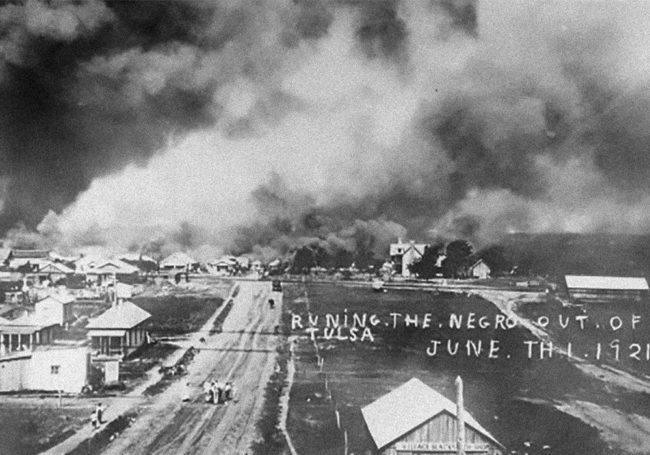
This is one of countless massacres in U.S. history designed to maintain white supremacy that receive little attention in corporate curricula.
Many people first learned of the Tulsa Massacre last year from HBO’s Watchmen and commemorations of the 100th anniversary of Red Summer.
Young people should not have to depend on HBO to learn essential lessons in U.S. history. The Zinn Education Project provides free resources to teach outside the textbook about the Tulsa Massacre and the continuing history of institutionalized racism and displacement.
In a growing number of states, it is becoming dangerous to teach about Tulsa. Please pay attention to the upcoming school board elections in your area.
Below we feature lessons, articles, and other resources to teach about the Tulsa Massacre and the fight for #BlackLivesMatter.
Burning Tulsa: The Legacy of Black Dispossession
By Linda Christensen
Our 11th-grade class in Portland studied Tulsa to probe the legacy of racism and wealth inequality.
I didn’t want students to get lost in the history of Tulsa, though it needs to be remembered; I wanted them to recognize the historical patterns of stolen wealth in Black, brown, and poor communities. I wanted them to connect the current economic struggles of people of color by staying alert to these dynamics from the past. I wanted them to see that, in many ways, Tulsa and other Black communities are still burning, still being looted.
I wanted to bring the story home.
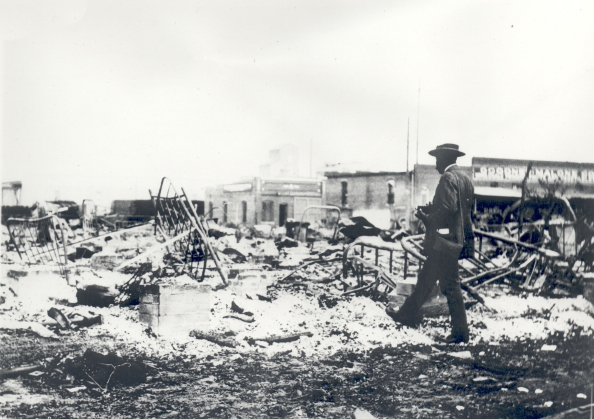 Burned Out of Homes and History: Unearthing the Silenced Voices of the Tulsa Massacre
Burned Out of Homes and History: Unearthing the Silenced Voices of the Tulsa Massacre
By Linda Christensen
A lesson on the Tulsa Massacre using creative writing and a role play mixer to reveal racist patterns of murder, theft, displacement, and wealth inequality in U.S. history.
 The Massacre of Black Wall Street
The Massacre of Black Wall Street
This online graphic-novel about the Tulsa Massacre tells the story of the two-day tragedy and provides additional short essays, including some background on reparations for the descendants of Greenwood victims. Published by The Atlantic.
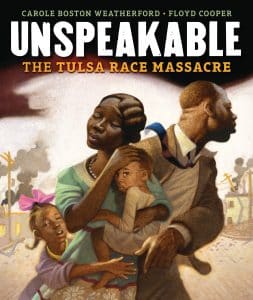 Unspeakable: The Tulsa Race Massacre
Unspeakable: The Tulsa Race Massacre
By Carole Boston Weatherford and illustrated by Floyd Cooper
A picture book for young readers, Unspeakable: The Tulsa Race Massacre centers on the history of the thriving Black community of Greenwood before the 1921 Tulsa Massacre. Children learn about the Black businesses, libraries, good schools, bus system, auto shop, hospital, newspapers, movie theaters, hotel, and post office. The illustrations bring Black Wall Street to life. Then comes the white terrorists. Sensitive without hiding the truth, Unspeakable explains the tragedy that was designed “to destroy the nation’s wealthiest Black community.” The book closes with images of Tulsa’s Reconciliation Park.
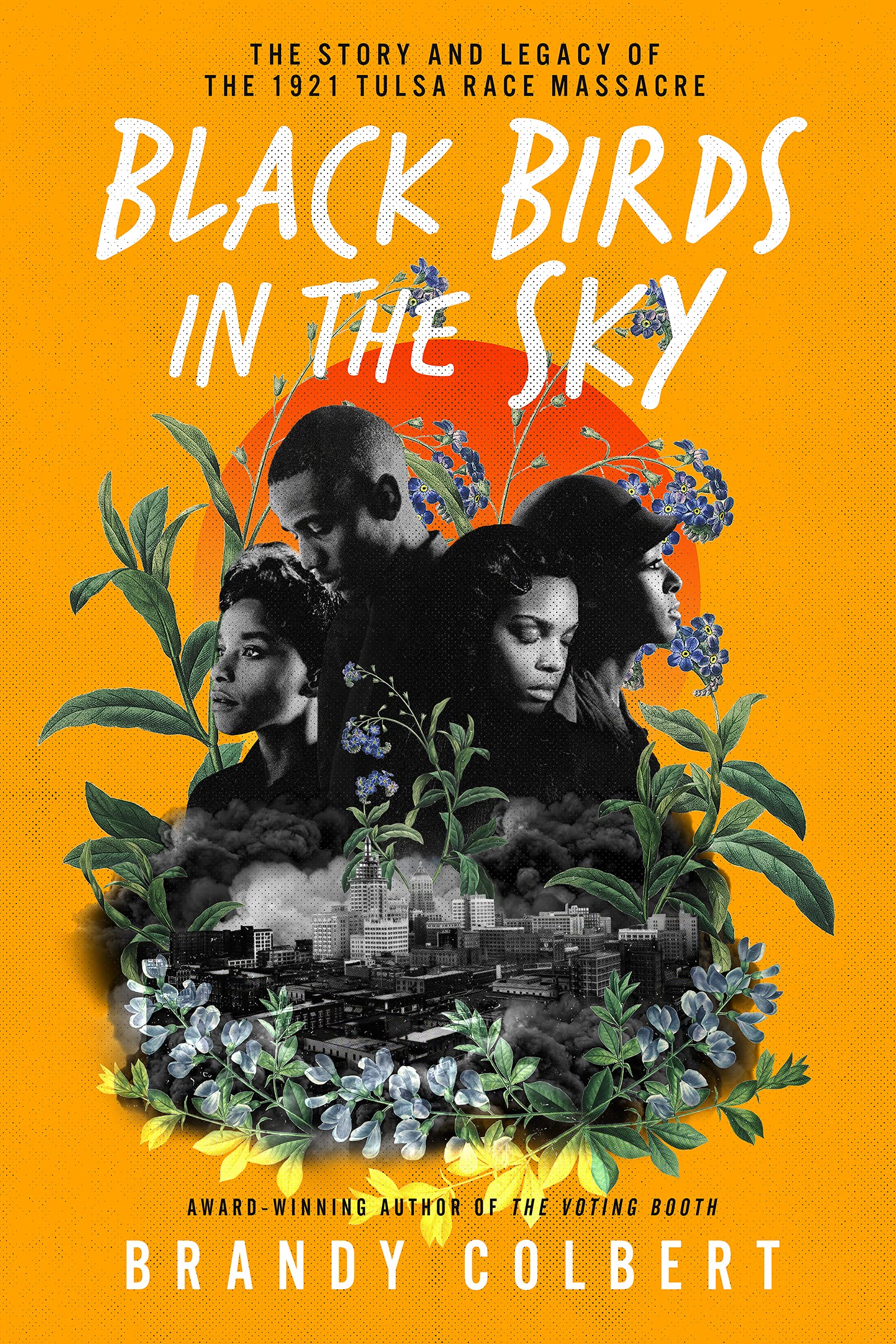 Black Birds in the Sky: The Story and Legacy of the 1921 Tulsa Race Massacre
Black Birds in the Sky: The Story and Legacy of the 1921 Tulsa Race Massacre
By Brandy Colbert
In the young adult text Black Birds in the Sky, author Brandy Colbert makes it clear that the Tulsa Race Massacre of 1921 was not only a devastating attack on one community, but part of a history of violence against African Americans.
This is a gripping history of Oklahoma, going back to the 19th century.
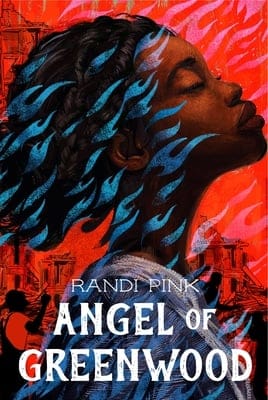 Angel of Greenwood
Angel of Greenwood
By Randi Pink
A piercing, unforgettable love story set in Greenwood, Oklahoma, also known as the “Black Wall Street,” and against the Tulsa Race Massacre of 1921.
Isaiah Wilson is, on the surface, a town troublemaker, but is hiding that he is an avid reader and secret poet, never leaving home without his journal. Angel Hill is a loner, mostly disregarded by her peers as a goody-goody. Her father is dying, and her family’s financial situation is in turmoil.
Though they’ve attended the same schools, Isaiah never noticed Angel as anything but a dorky, Bible toting church girl. Then their English teacher offers them a job on her mobile library, a three-wheel, two-seater bike. Angel can’t turn down the money and Isaiah is soon eager to be in such close quarters with Angel every afternoon.
But life changes on May 31, 1921 when a vicious white mob storms the Black community of Greenwood, leaving the town destroyed and thousands of residents displaced. Only then, Isaiah, Angel, and their peers realize who their real enemies are.
More Books for Young Readers
The Burning: Black Wall Street and the Tulsa Race Massacre of 1921 by Tim Madigan and adapted by Hilary Beard
Across the Tracks: Remembering Greenwood, Black Wall Street, and the Tulsa Race Massacre by Alverne Ball and illustrated by Stacey Robinson
Opal’s Greenwood Oasis by Quraysh Ali Lansana, Najah-Amatullah Hylton and illustrated by Skip Hill
Greenwood Is Still Burning
This documentary recounts the events of the 1921 Tulsa Race Massacre and the ongoing legacy of harm it caused. Hear directly from survivors and descendants of the massacre as well as community advocates on how over 100 years later the destruction of Greenwood continues to ripple through individuals, families, and entire communities. Produced by Lush as part of their Justice for Greedwood campaign.
What the Tulsa Race Massacre Destroyed
By Yuliya Parshina-Kottas, et al.
The New York Times interactive investigative report takes its readers through a visual tour of Greenwood in Tulsa, to reveal the Black lives and wealth that were destroyed. Archival photographs and maps recreate a 3-D historic neighborhood that we can only scroll through today. Over $1.8 million in property loss claims — $27 million in today’s dollars — are recorded and the article explains why this loss continues to reverberate today.
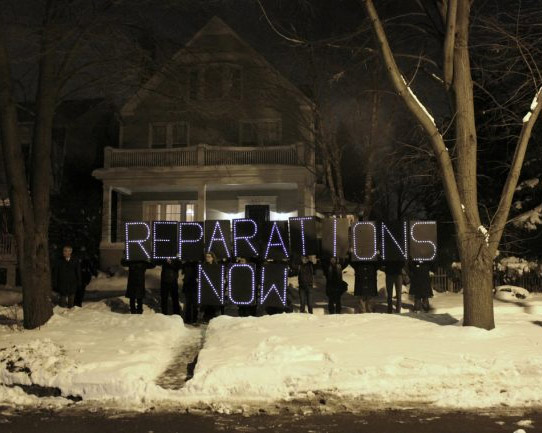 How to Make Amends: A Lesson on Reparations
How to Make Amends: A Lesson on Reparations
By Ursula Wolfe-Rocca, Alex Stegner, Chris Buehler, Angela DiPasquale, and Tom McKenna
In this mixer role play, students learn about more than a dozen examples of reparations — ranging from cash payments to land settlements to state apologies — from a variety of historical moments and places.
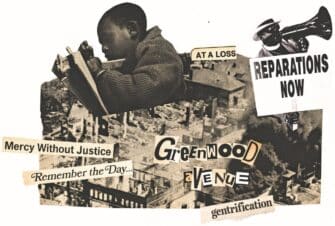
Illustrator Adeshola Makinde
Tulsa and the Fight for Reparations
By the editors of Rethinking Schools
The Tulsa Massacre is a glaring historical example of police violence, mob rule, theft of Black land, and the destruction of Black wealth. And it continues today. What happened in Tulsa is not an isolated moment of white rage, but should be seen — and should be taught — as part of a pattern of white supremacy and African American dispossession. This dispossession, and its resulting racial inequality, lives in our communities and in our classrooms. This is our issue: Educators need to respond in our classrooms, and also in our unions, where we can raise demands for reparations legislation.
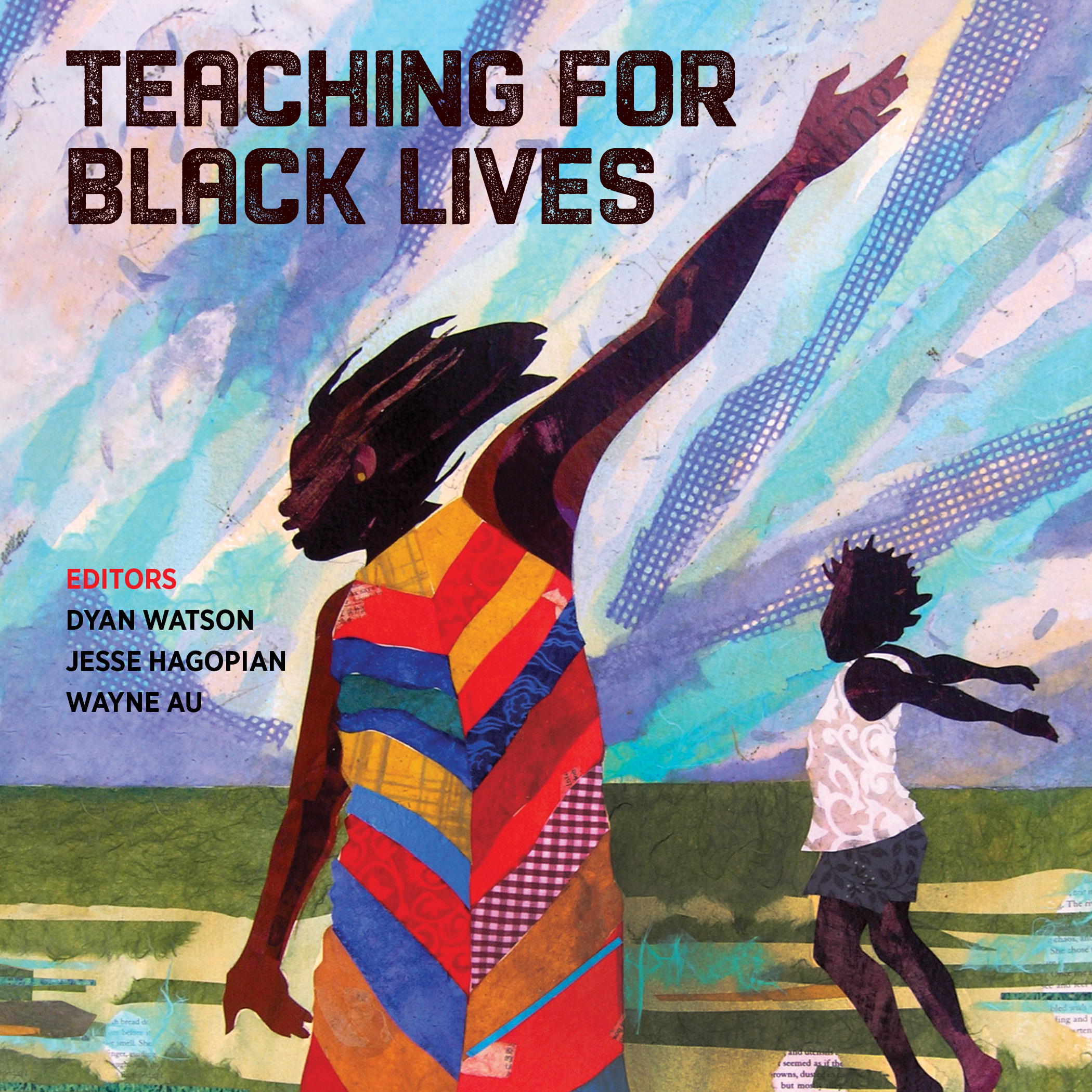 Teaching for Black Lives
Teaching for Black Lives
This teaching guide, published by Rethinking Schools, grew directly out of the movement for Black lives.
Teaching for Black Lives provides practical resources and shows how teachers connect curriculum to young people’s lives and root their daily experiences in what is taught and how classrooms are set up. Teaching for Black Lives highlights the hope and beauty of student activism and collective action.
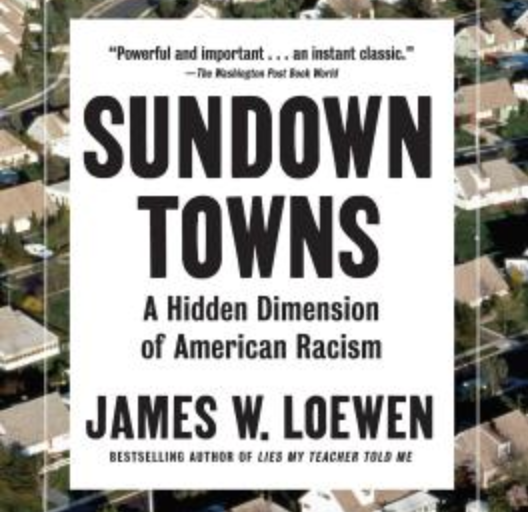 Sundown Towns
Sundown Towns
In Sundown Towns: A Hidden Dimension of American Racism, James W. Loewen (author of Lies My Teacher Told Me) documents the history of towns across the United States (not just the South) that exclude African Americans and other people of color through racist violence.
Massacres in U.S. History
Sadly, the Tulsa Massacre was not a rare event. There have been countless massacres in the history of the United States. Most of these massacres were designed to suppress voting rights, land ownership, economic advancement, education, freedom of the press, religion, LGBTQ rights, and/or labor rights of African Americans, Latinos, Native Americans, Asians, and immigrants. While often referred to as “race riots,” they were massacres to maintain white supremacy. Here is a list of some of them. There are many more.
The Zinn Education Project lessons are made possible by support from individuals like you. Please donate today so that more teachers receive free lessons, books, and workshops to support social justice teaching. Donate now.

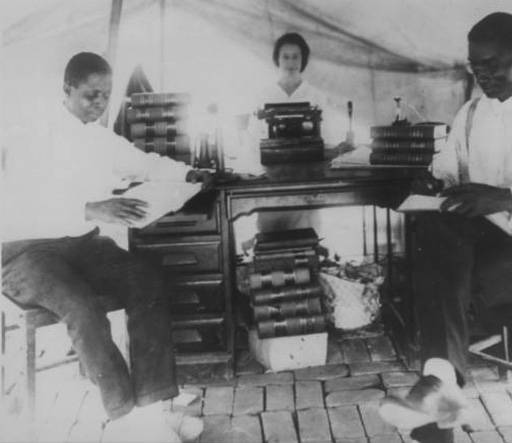
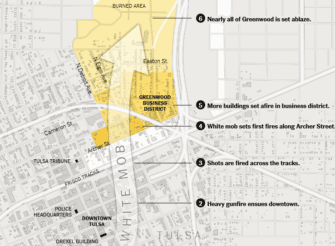


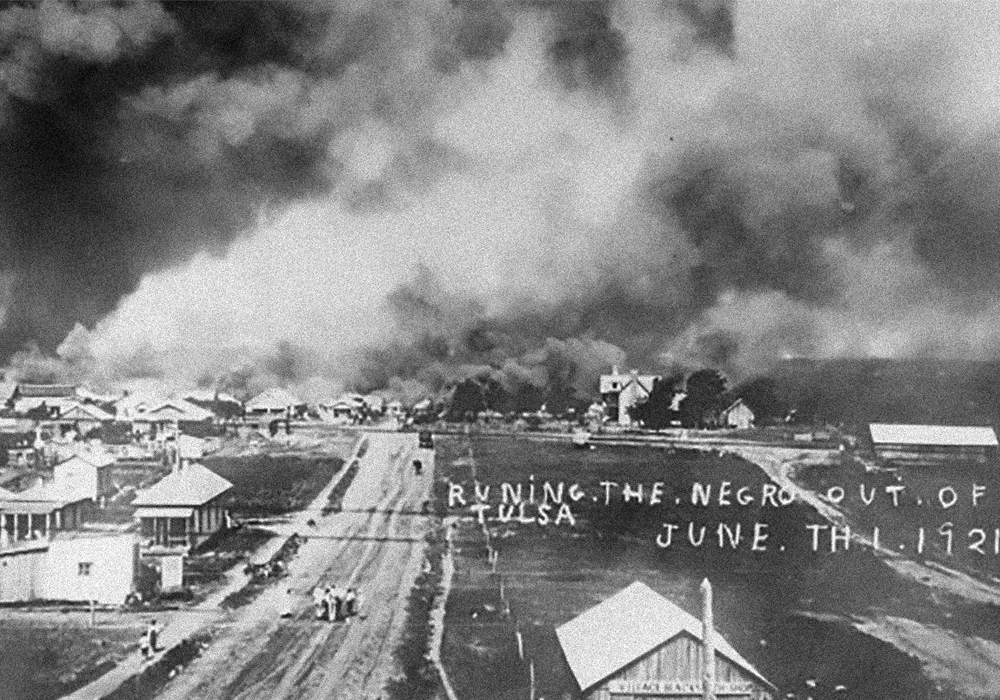
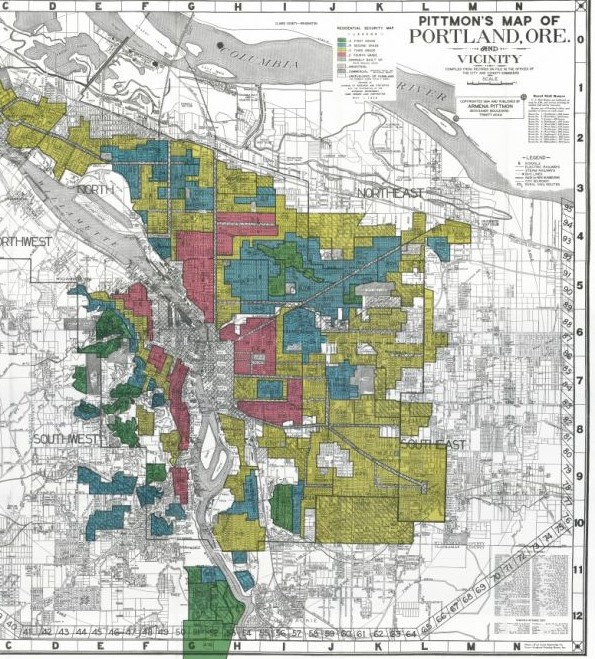
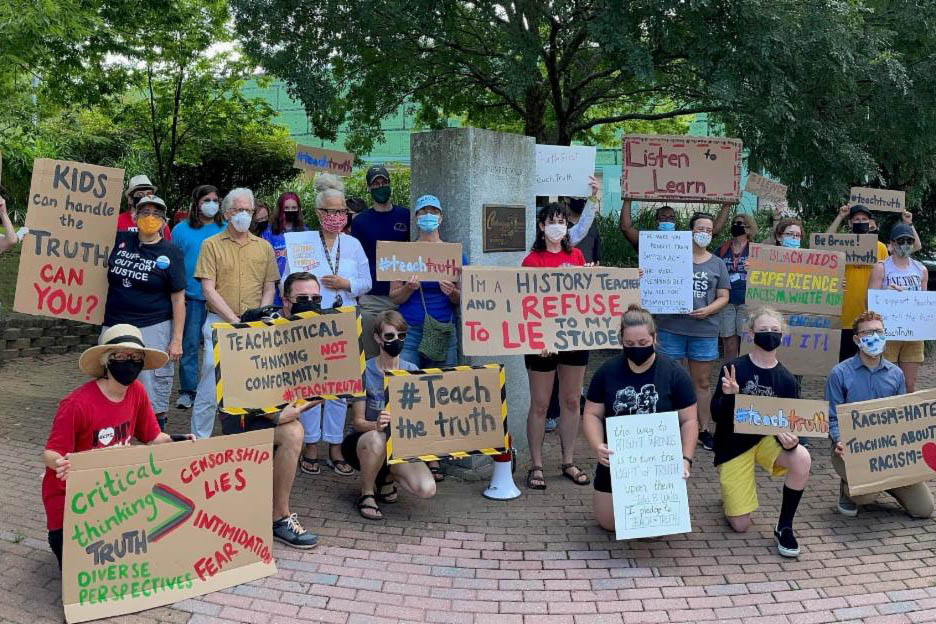


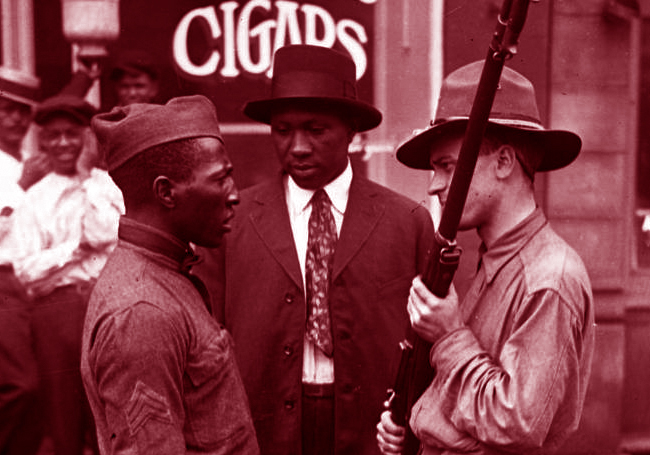
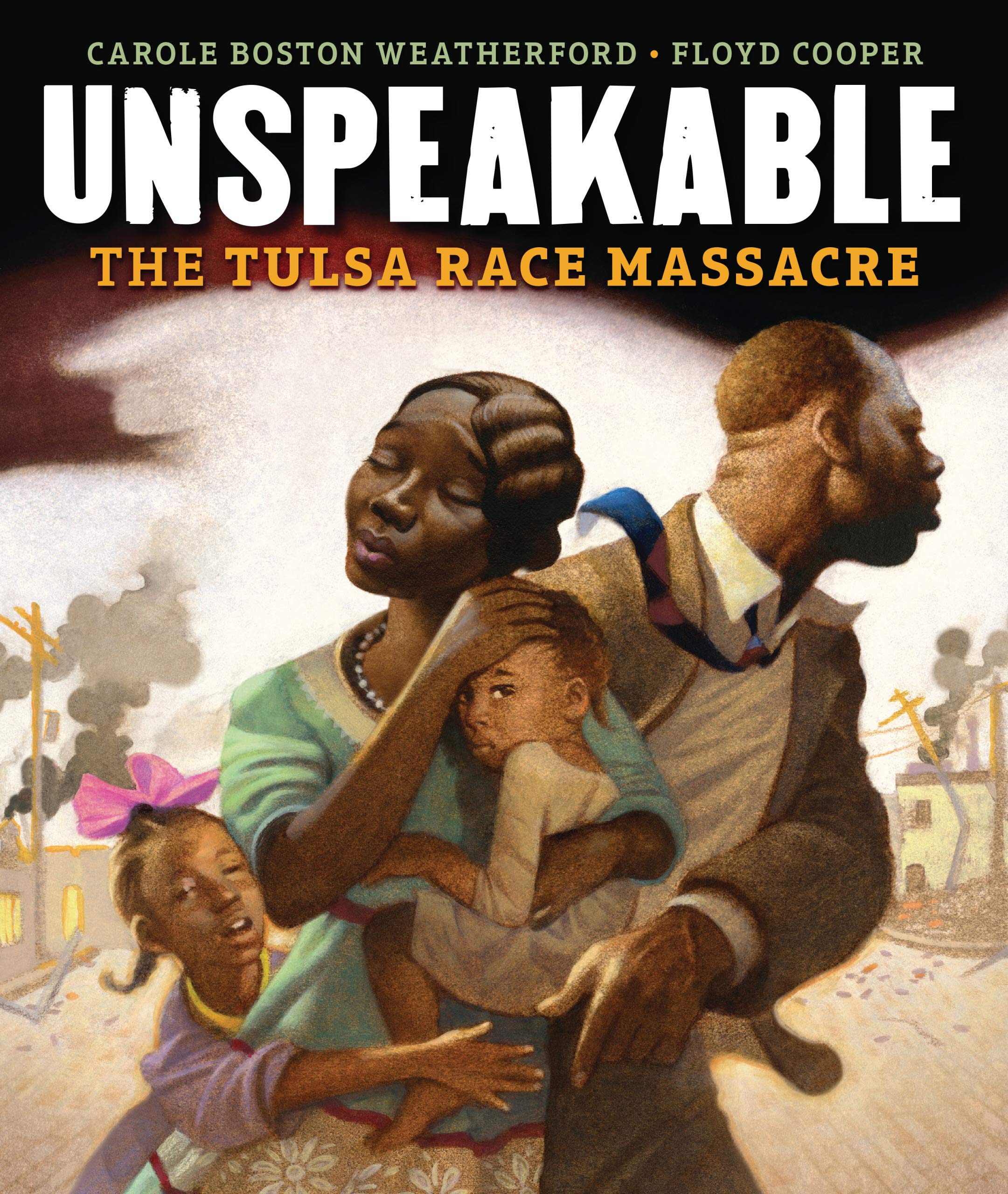
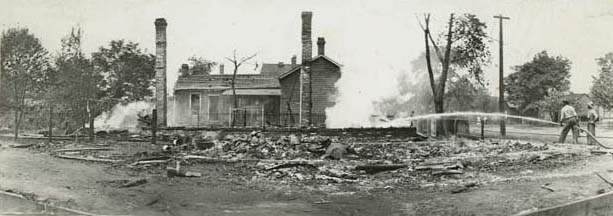
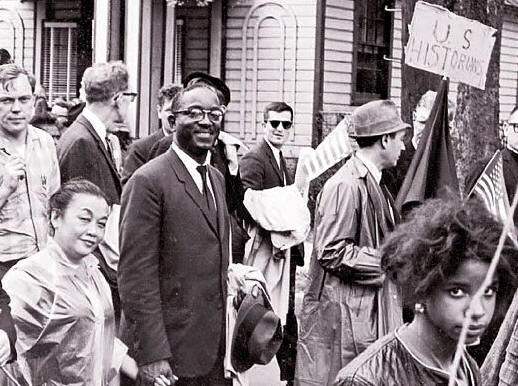
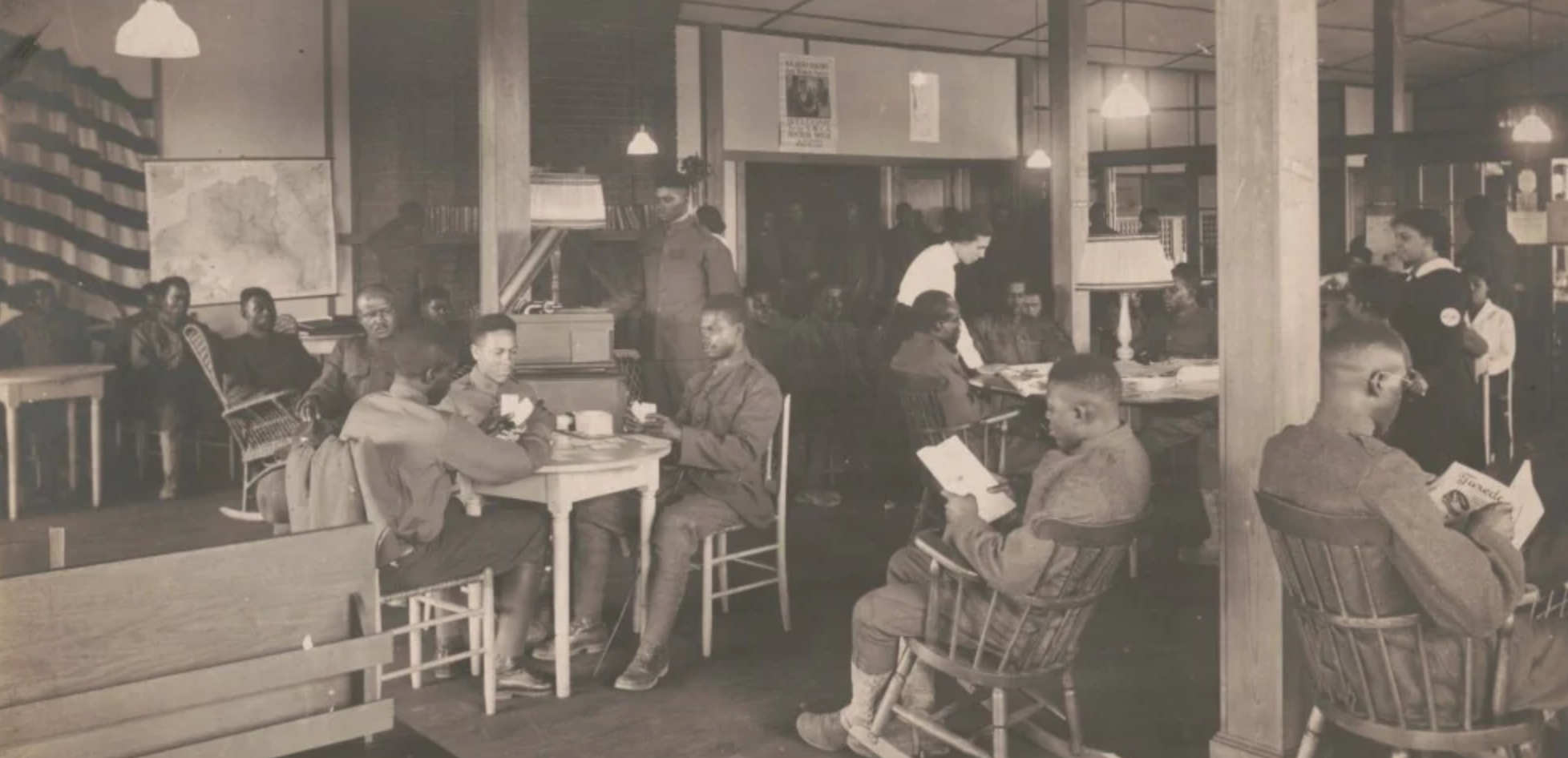

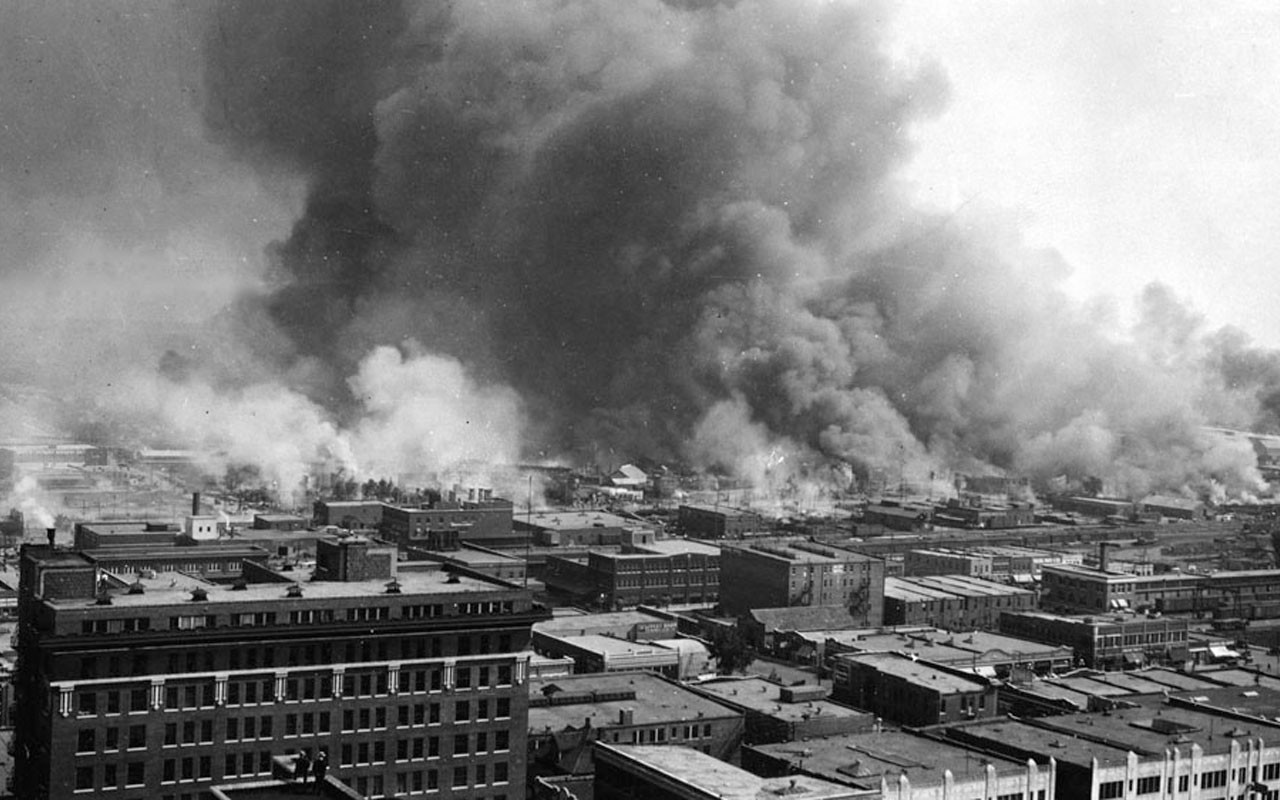
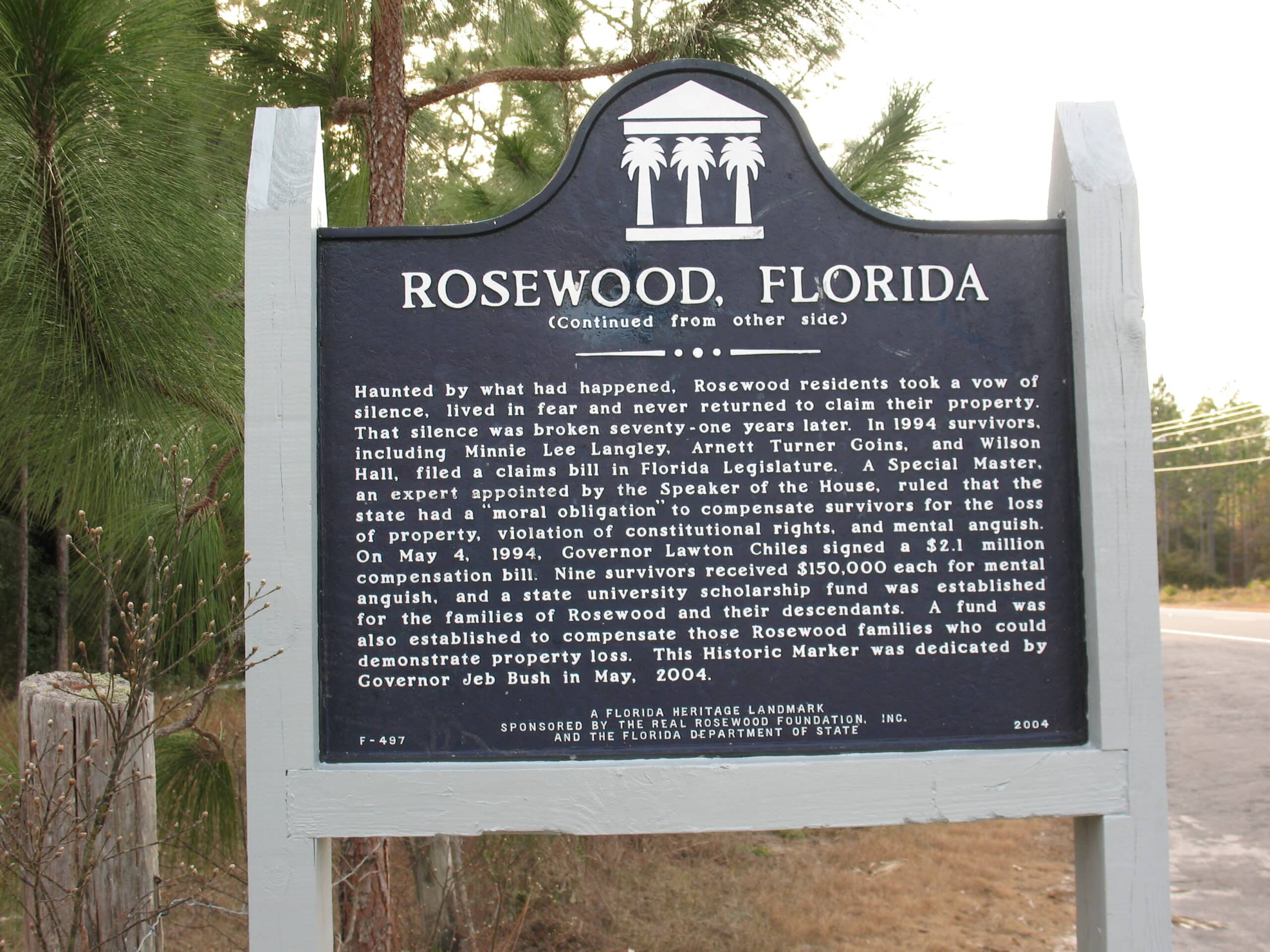
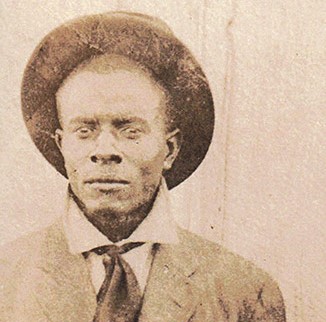





Twitter
Google plus
LinkedIn